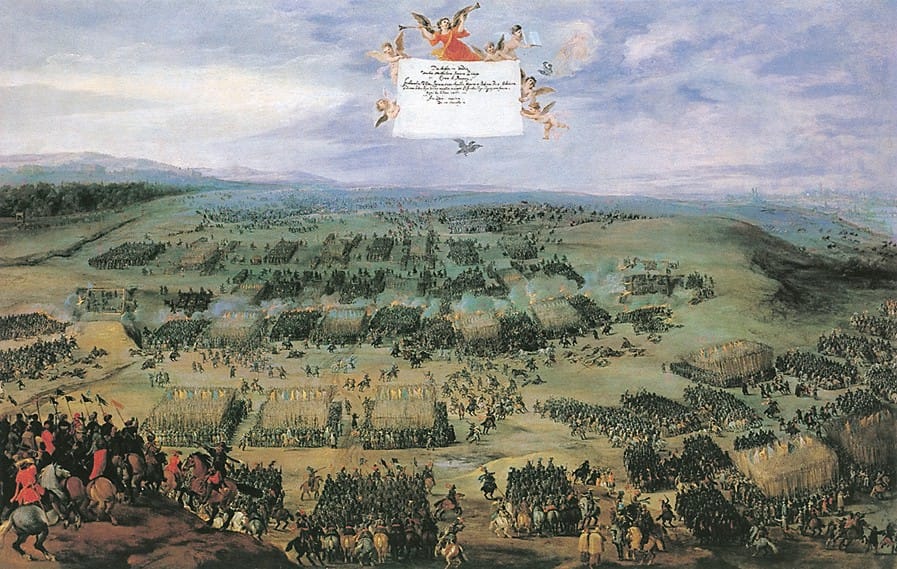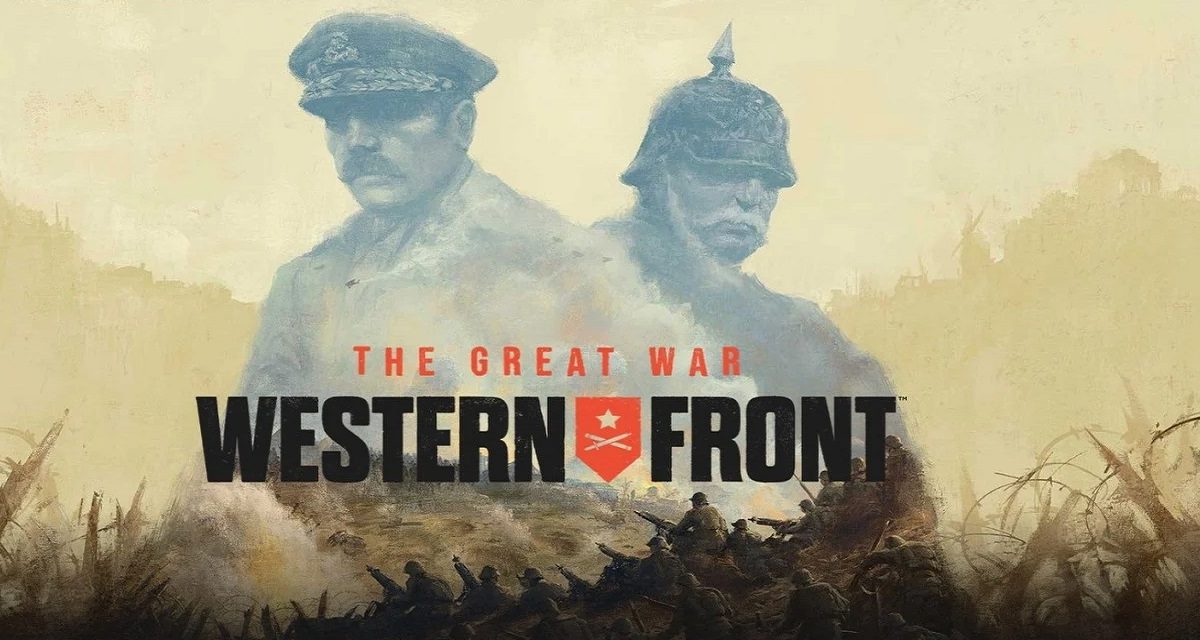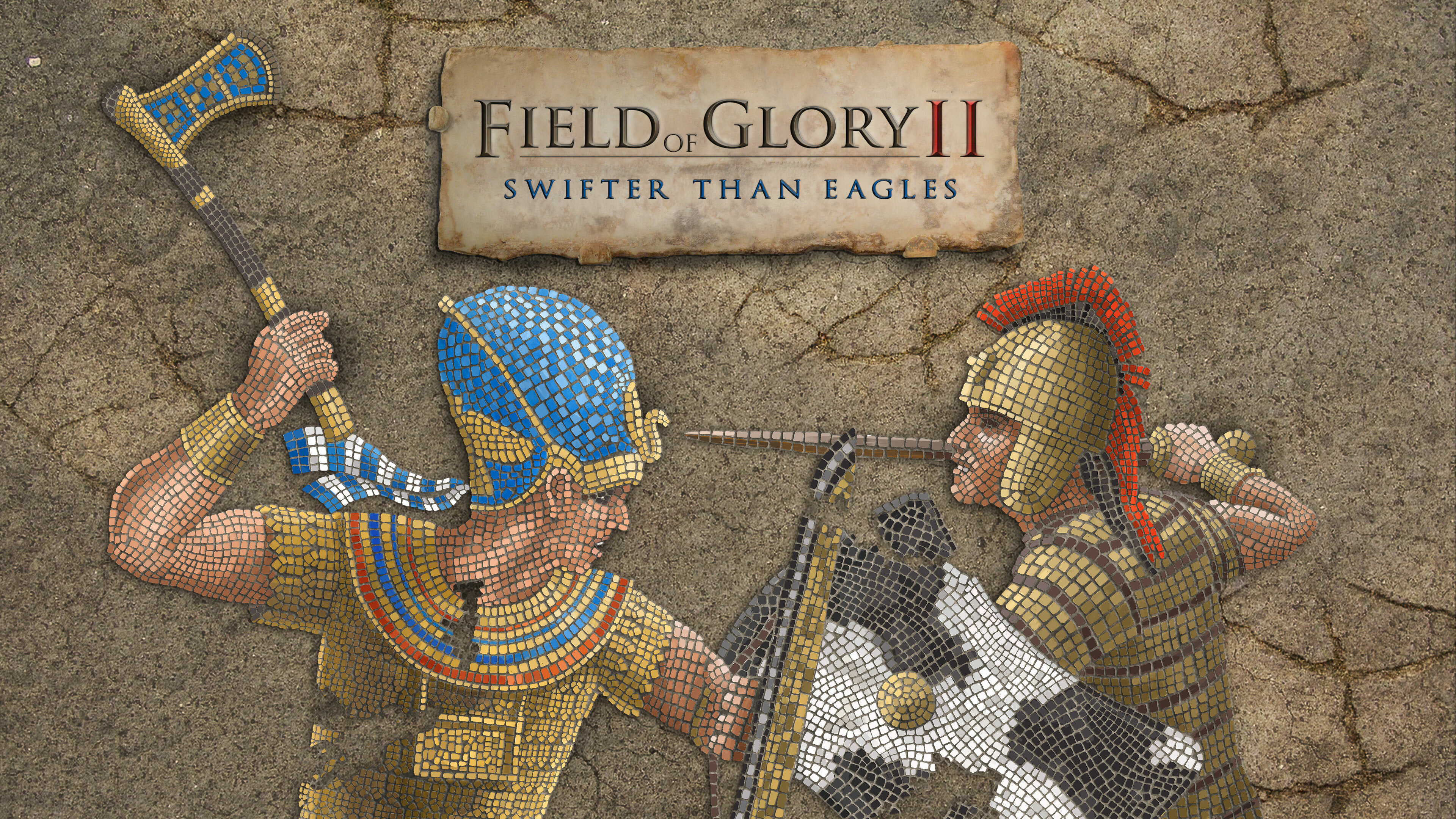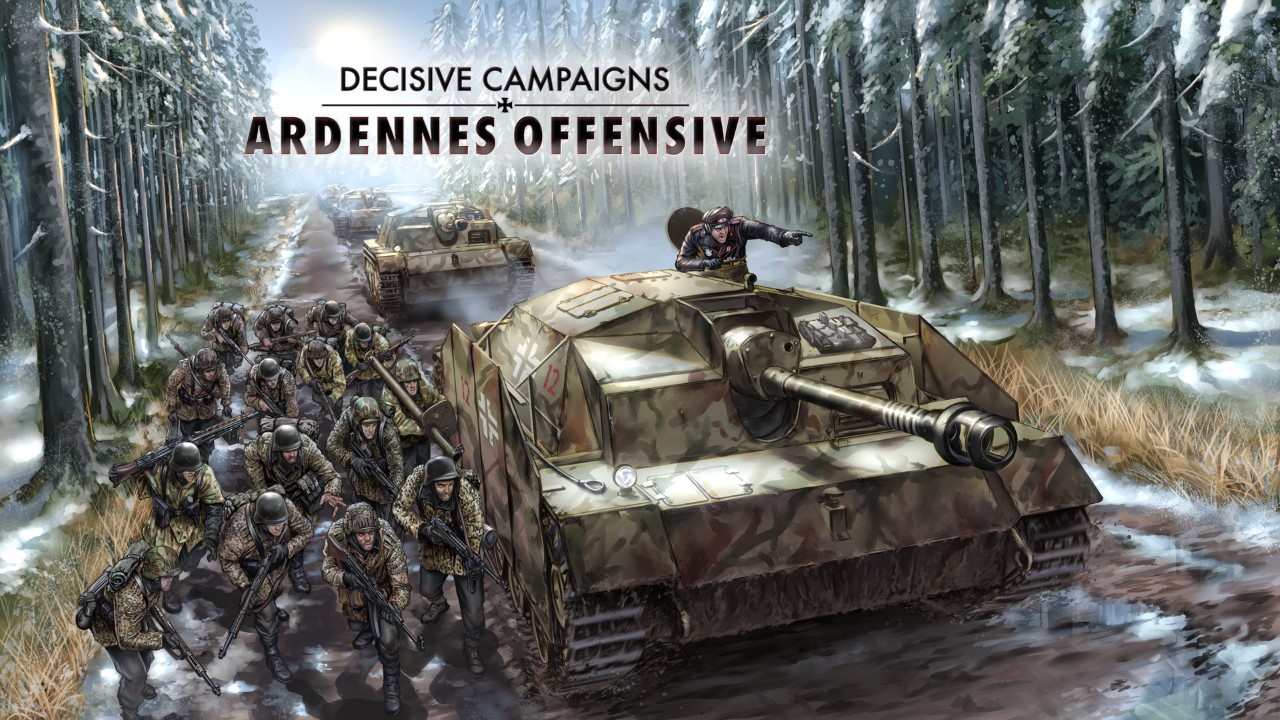Category Archives: History
Wargaming History – A Look Into The Past
University of Maryland Professor (and more importantly, wargamer!) Matt Kirschenbaum is on a European odyssey this summer. While in Switzerland for an academic conference, he made time to swing by a local museum and found an excellent display of wargaming history.
I was recently in Lausanne, Switzerland for a conference and, well, it rained the entire week. Looking around for something to do I noticed the Swiss Games Musuem, Le Musee Suisse du Jeu, was a short train ride away in the nearby town of La Tour de Pielz. Reading further, I discovered the museum was housed in a castle. A games museum in a castle? Let’s go! Upon arrival, I found two unexpected bonuses: first, the weather briefly cleared, *and* there was a special exhibition of WWI games on!
Celtic War Chariots – A Primer
Lloyd Sabin, 14 February 2014
Click images to enlarge
Beginnings and Basics
I wish I could have met the guy who invented the spoked wheel. It’s one of the most vital inventions in the history of mankind. Invented about 4000 years ago, it immediately made all human pursuits easier, from travel to commerce to war. And once the spoked wheel took off, it led directly to the development of the war chariot.
The earliest vehicles built for war and considered chariots were built by the Sumerians, Hittites, and Persians, around 2500 BC. Looking back, we today would probably just call them ‘wagons carrying a spearman’…because that’s exactly what they were. Heavy and cumbersome, with solid wheels, they were not very fast and made for easy targets until the Sumerians developed a more modern two-wheeled version, with the brand new spoked wheels. Speed gave the Sumerians battlefield dominance, and the modern technology of the spoked wheel began to spread.
Simultaneously, wheeled, chariot-like vehicles were being developed all over the world at the time. In the 2000 years before 1AD, examples of chariots appeared, often in a military role, in Chinese, Indian, northern and central European civilizations. The domestication of the horse helped with the advance of chariot technology, especially in European warfare.
Perfecting the War Chariot, Inspiring Fear
Of all European cultures of the ancient world, the Celts are probably the best known charioteers, with some of the most feared wheeled vehicles of the ancient era. Not content just scaring the crap out of their opponents with tattoos, woad and war cries, the Celts also tricked out their combat rides with a host of nasty countermeasures that left their opponents reeling. This included scythed wheels, extra noise to spook opposing horses, and skill to jump from the chariot, fight on foot, and jump back on the chariot again to move along without their opponent able to catch up to engage…hit and run tactics at their best.
TANKSgiving 2013 – Early Tanks
GrogHeads TANKSgiving
Author: Lloyd Sabin, November 26, 2013
Very Early Armored Vehicles
It’s the most wonderful time of year! When else do we get to discuss the benefits of century old armored oddities? Probably all the time if you’re a grog, but this is more special because we say it is.
Early motorized vehicles are fascinating enough…apply an inch of armor plate and a gun turret and it’s a real party. The below vehicles are some of my new found favorites…each has that certain something and they all look to have stormed straight out of a steampunk imagination. So put on your goggles, put a rag over your face and let’s see what all the kids are screaming about when they discuss very early armored vehicles. At least my kids, anyway.
Romfell Armored Car
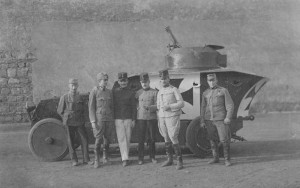 The Romfell was built in Austria-Hungary around 1915. That gives it a slightly exotic air. In 1915 and 1916, only two existed, but they both survived the harsh conditions and combat in the Balkans against the Serbian Army, and went on to engage the Italians and Russians. That gives it a tough reputation. In 1917 dozens more were built and deployed, its successful combat record making it somewhat of a legend.
The Romfell was built in Austria-Hungary around 1915. That gives it a slightly exotic air. In 1915 and 1916, only two existed, but they both survived the harsh conditions and combat in the Balkans against the Serbian Army, and went on to engage the Italians and Russians. That gives it a tough reputation. In 1917 dozens more were built and deployed, its successful combat record making it somewhat of a legend.
Each Romfell armored car had a crew of four, was powered by a Mercedes transmission and was armed with a Schwarloze machine gun that could be used against both air and ground targets. Reliable and fast for the era with a 26mph top speed, the Romfell is a popular vehicle for modelers.
It’s hard not to be intrigued by the Romfell. It’s very modern look, pedigree and durability guarantee that historians or car aficionados will quickly fall in love.
Fowler B5 Armored Locomotive
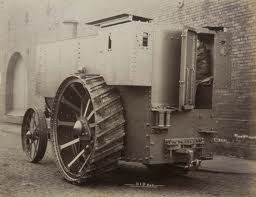 Armored cars are one thing…armored trains are another.
Armored cars are one thing…armored trains are another.
Now don’t get the wrong idea, the Fowler B5 armored locomotive did not go into combat during the Boer War at high speed with guns blazing. It did, however, deliver heavy guns and supplies for the British Army against the Boers starting roughly towards the end of 1899.
To tow these guns, the Fowler factory in Leeds, UK, produced a handful of B5s with close to 125 horsepower! With that much strength, heavy slab armor was applied to the engines to protect them and their drivers from attacks by Boer raiders. Three or four of these heavy armored locomotives were used by the British during the Boer War, some with armored railroad cars as well.
Prototypes of gun carrying armored Fowler B5s were developed but as far as I could research, none were ever deployed in a combat role. It would have been quite the scene if they had been – there’s no telling how effective they would have been at fighting. For protecting and delivering heavy equipment and guns, though, they were very successful.
Birds Make Terrible Dive Bombers
Author: Jim Zabek
Mankind has been inspired by birds for as long as we could appreciate their ability to fly. We have marveled at their ability to take off on a moment’s notice, soar effortlessly through the sky, and alight somewhere that we could never aspire to climb. Nature, fantastic and wonderful, has managed to perfect through evolution some fantastic creatures.
Mankind, always inventive, seems determined to take that evolutionary perfection and improve it to his own ends. Nowhere could this be more obvious than during the Cold War, when the CIA concocted a brilliant scheme to teach cats to spy on people. The idea was simple: surgically implant a microphone and transmitting device inside of a cat, then teach that cat to walk up to a suspected pair of people having a suspect conversation, and Presto! The purrrfect eavesdropping device. Operation Acoustic Kitty was born.

